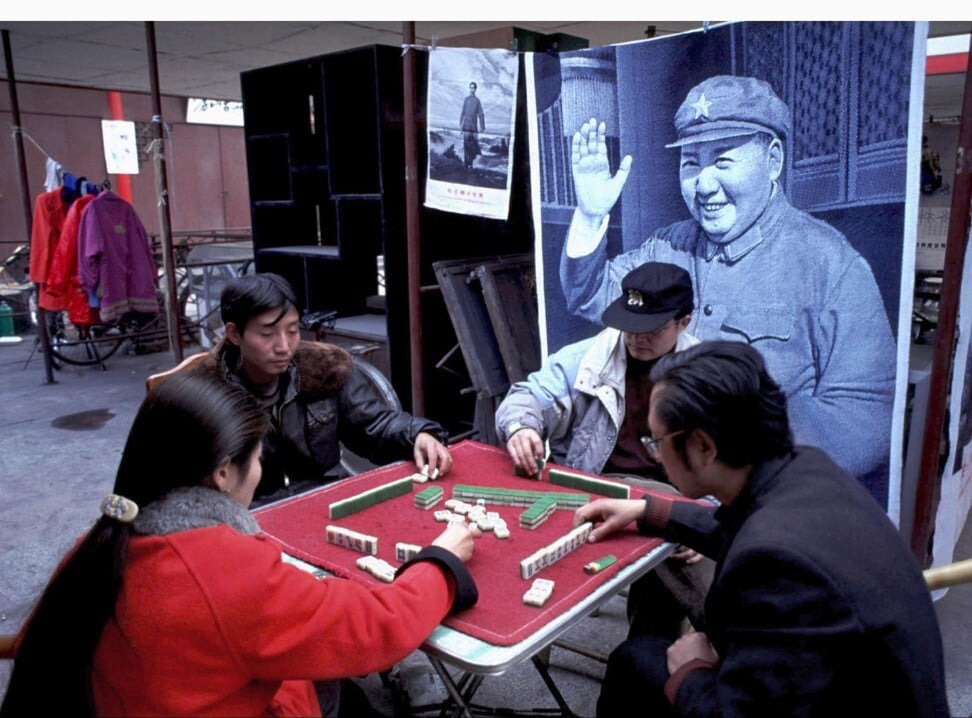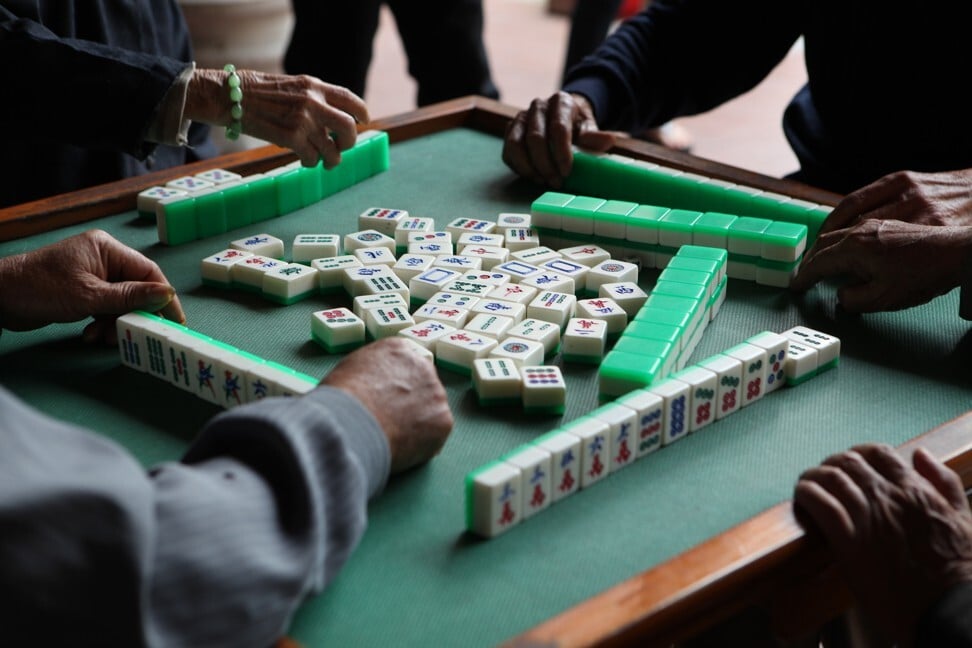
Keep your meddling hands off our Mahjong tiles! Show some respect to the game that teaches us about life and ourselves
- The recent attempt by three US women to ‘respectfully refresh’ the classic Chinese tile game has caused outrage around the world
- Mahjong is more than a game, it symbolises familial bonds and exposes our true nature
As far as cultural appropriation goes, the recent case of a Dallas-based company, founded by three Caucasian women, giving mahjong tiles a “modern makeover” has got to take the cake.
Upon hearing the news, I instinctively shouted out “blasphemy” and wish I could scream out the word directly in their faces as loud as I can muster.
What’s most excruciating is that on the one hand, they claimed they were motivated by respect, but on the other hand, they said they wanted to introduce the game to the “stylish masses.”

I could feel my fellow Hongkongers seething with anger and collectively asking the obvious question: why do we need anyone to bring our ancient game to the stylish masses?
Foreigners from around the world have been eager to learn mahjong and many have even become experts. I have never heard of anyone ever suggested the need to stylise the game, as it’s perfectly fine in its current form.
Mahjong and talking pigs – unusual coronavirus tasks for Chinese authorities
The beauty of the game is that the lessons learned from playing mahjong can be readily applied to life such as teaching yourself to be tactical while being flexible with your strategies at the same time. It’s not an easy game to learn – let alone master – but that makes it all the more appealing. I tried to learn twice but failed and eventually resigned myself to the fact that I just didn’t have the bandwidth or patience for it.
In fact, my family are not really into mahjong playing either, but I can imagine a few of my ancestors who were mahjong fans would be turning in their graves.
Mahjong playing is a very sophisticated mind game and has nothing to do with showing off a pretty set of tiles. The game symbolises familial bonds and often brings several generations together, but it also helps to expose one’s true nature. Once you sit at a mahjong table, a true master will spare no one, even relatives and loved ones are at their mercy.

It is not some fancy accessory for anyone to show off to their friends. You earn your place at the mahjong table by being strategic, skilful, calculating, and sometimes even brutal.
However, every now and then during Chinese New Year or the birthday of an old relative, the younger players may allow the birthday person to win a round or two.
And if you are invited to play by your friends, it is a clear gesture of friendship or that you have been invited to be part of an inner circle. But the invitation doesn’t mean they would spare you on the mahjong battlefield, no matter whether you are a newbie or master.

That’s why friendships, relationships, and even business partnerships are formed – or even broken – around a mahjong table.
The Dallas trio have it all wrong; it goes to show their naivety, insensitivity, as well as their exaggerated sense of self-importance.
And given the events last year, it’s particularly tone deaf to the struggles endured by Bipoc (black, indigenous and people of colour) communities, ie those who are not white.

Culture – especially one that isn’t your own – is not something that should be refreshed or made over. All it needs is to be respected and hence preserved for all to share and be appreciated. It definitely doesn’t need to be refreshed at the whim of an outsider for their personal preference or remodelled for a modern-day look. Some things are simply sacred and untouchable, and cultural matters should certainly be placed on that pedestal.
Mahjong tiles are perfect in their traditional form and don’t need to be trendy to mirror the player’s style or personality, especially when one of the points of mahjong is to expose one’s personality through gameplay. For people to say that the traditional look of mahjong is beneath their style is an absolute insult to the Chinese culture.
One of the critics, Jeremy Lee, was spot on with his comments on Twitter. “My culture [is] not some cheap coloring book that can be filled in and be ‘made pretty’ by the standards of privileged teeny-boppers.”

Thank you, Jeremy.
To all cultural philistines, hands off our beloved mahjong tiles!
And for those who are paying respect to our cultural treasures, keep doing what you are doing, and don’t be afraid to call out those who fail to show the same sensitivity and consideration.
Luisa Tam is a Post correspondent who also hosts Cantonese-language video tutorials that are now part of Cathay Pacific’s in-flight entertainment programme

